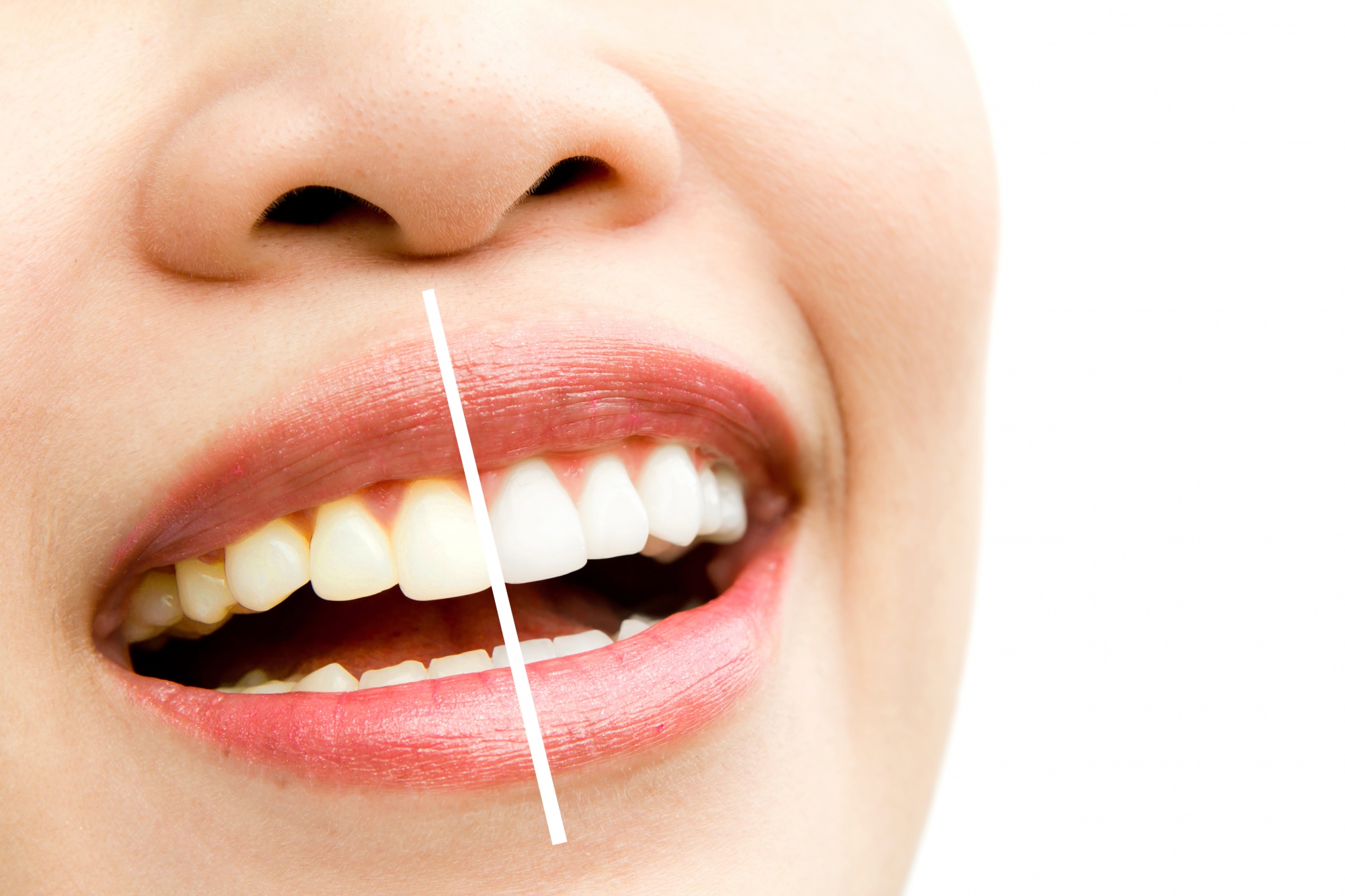Illuminate Your Smile and Boost Your Confidence
What is Bleaching (Teeth Whitening)?
Teeth whitening, or bleaching, is a popular cosmetic dental procedure designed to lighten the shade of your teeth and remove stains and discoloration. It involves the use of professional-grade whitening agents that break down stains on the enamel surface, revealing a brighter, more radiant smile.
How Bleaching Works?
Our professional bleaching treatments utilize advanced whitening gels applied to the teeth. These gels contain active ingredients, typically hydrogen peroxide or carbamide peroxide, which penetrate the enamel to break down chromogens (stain-causing molecules). The process is carefully monitored by a dental professional to ensure safety and achieve optimal results, often enhanced by specialized lights or lasers. This allows for significant shade improvement in a single visit or through a supervised at-home regimen.
Why Consider Bleaching?
Professional teeth whitening offers a safe, effective, and quick way to dramatically enhance your smile. Unlike over-the-counter products, professional treatments provide superior results, can address specific staining issues, and are performed under dental supervision to protect your gums and enamel. A brighter, whiter smile can significantly boost your self-confidence, improve your overall appearance, and leave a lasting positive impression in both personal and professional settings. It’s a simple yet powerful way to rejuvenate your look and feel more confident.


